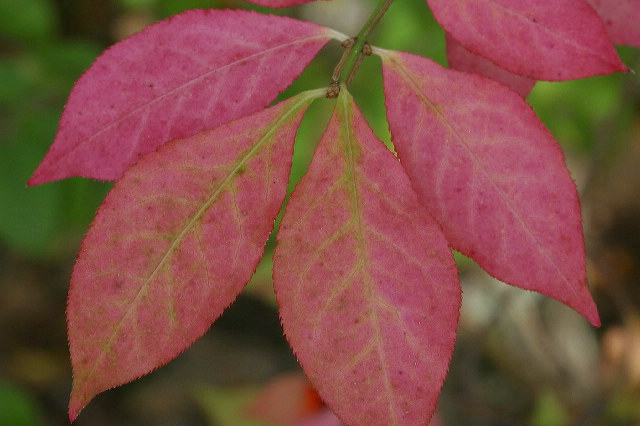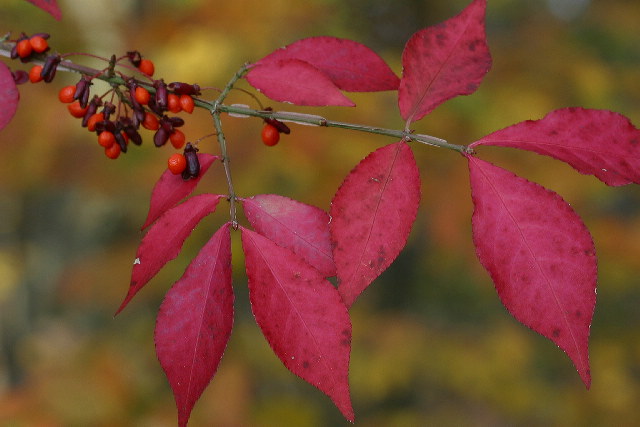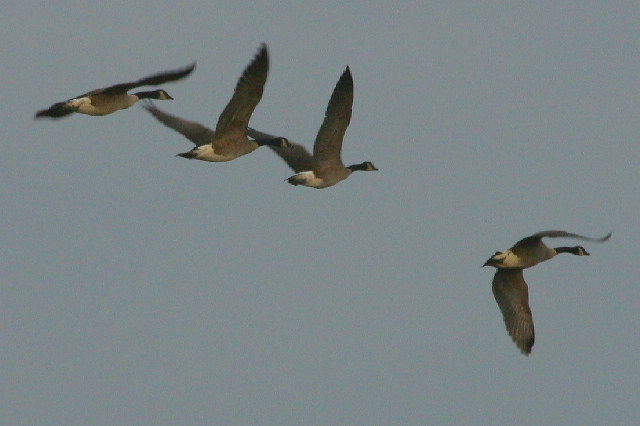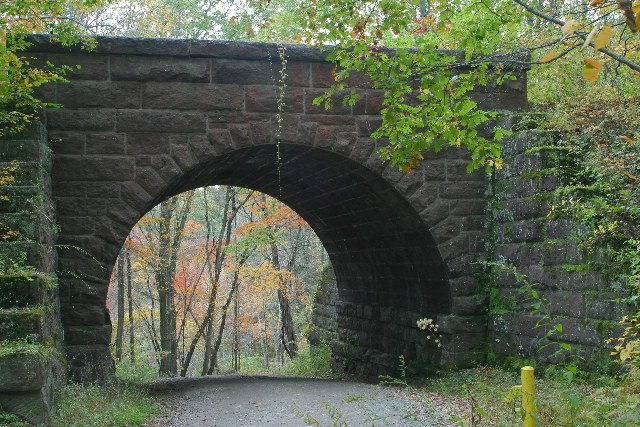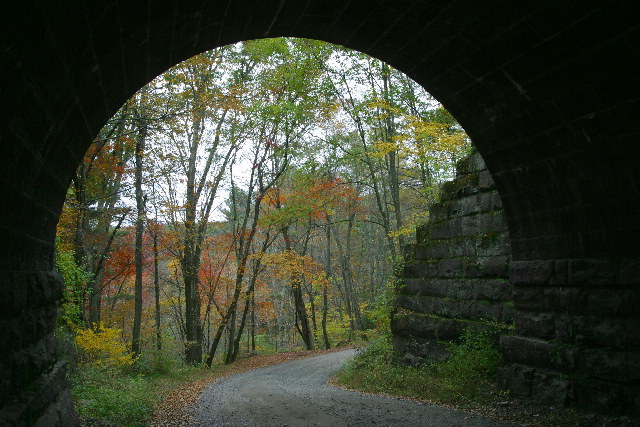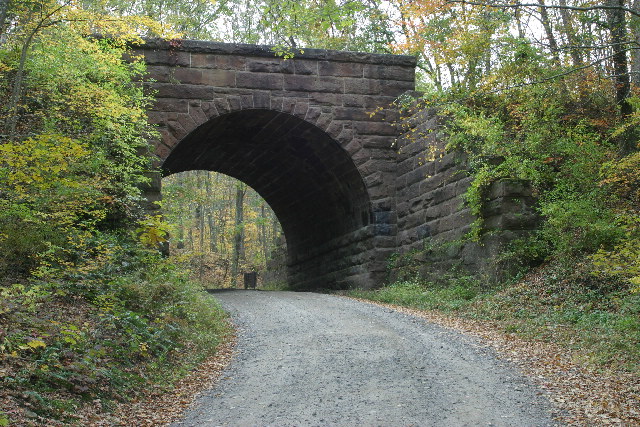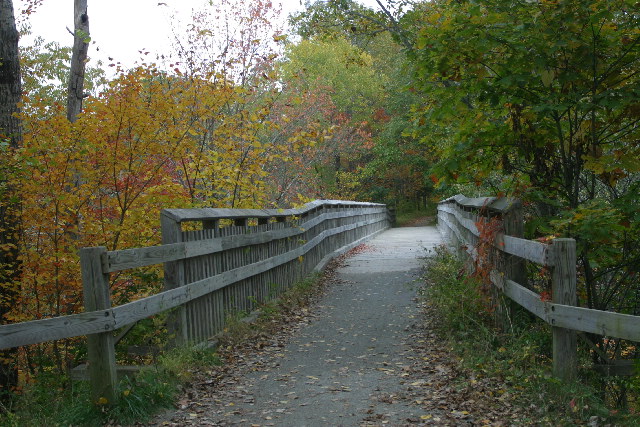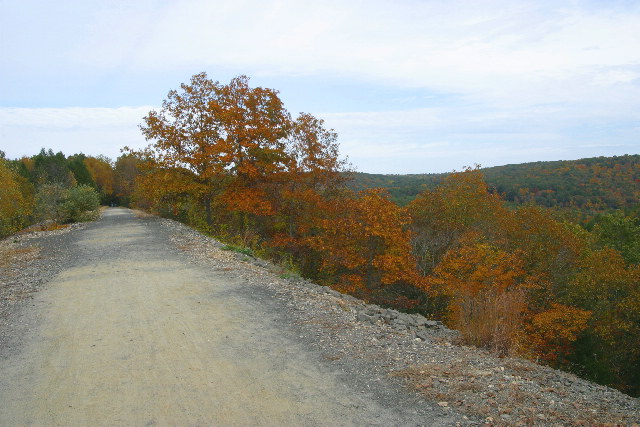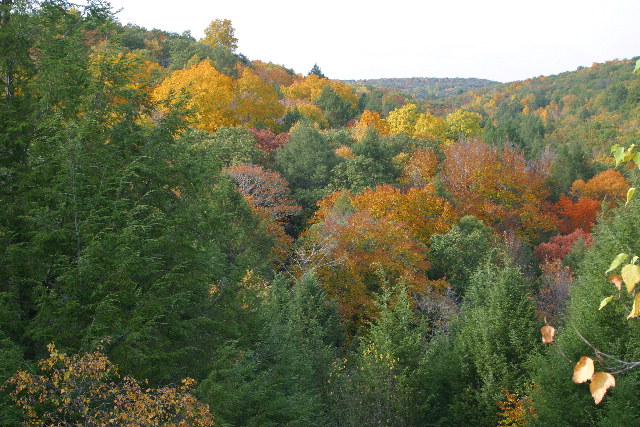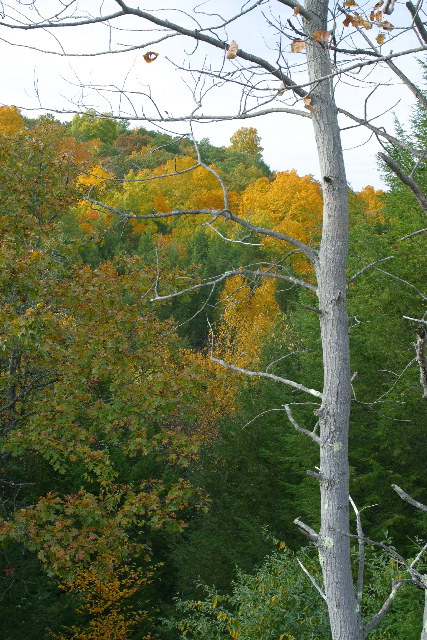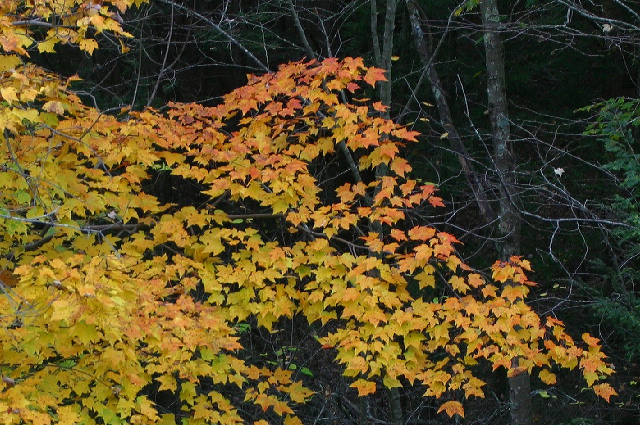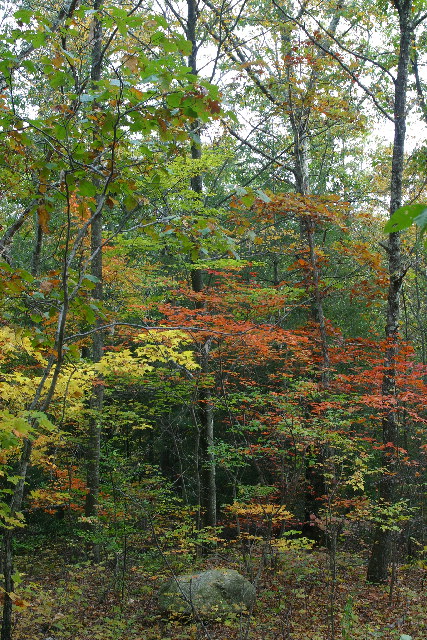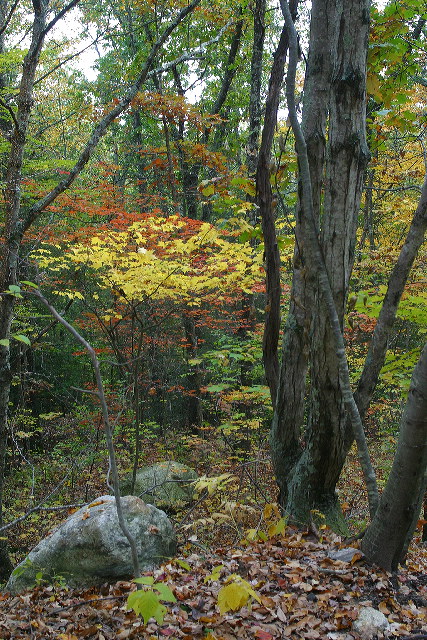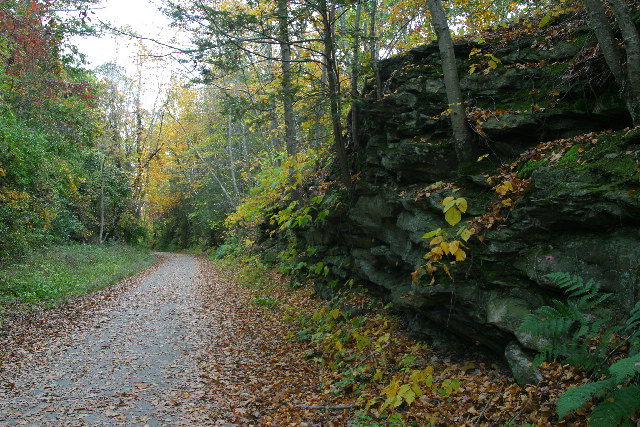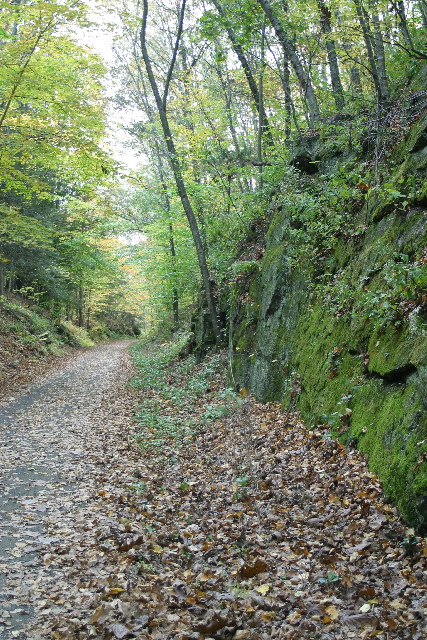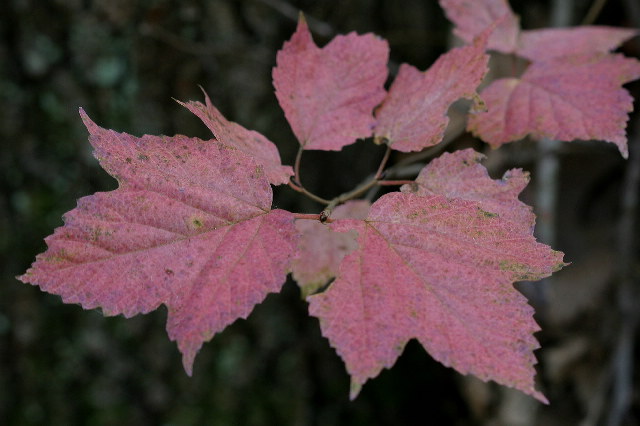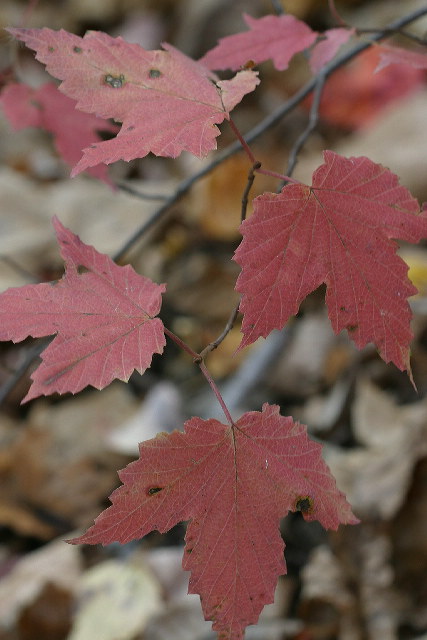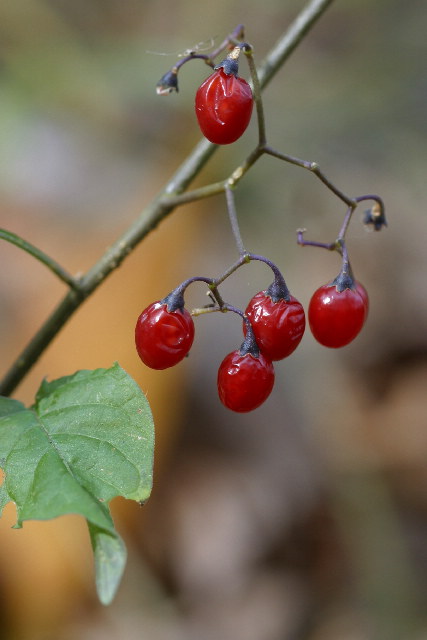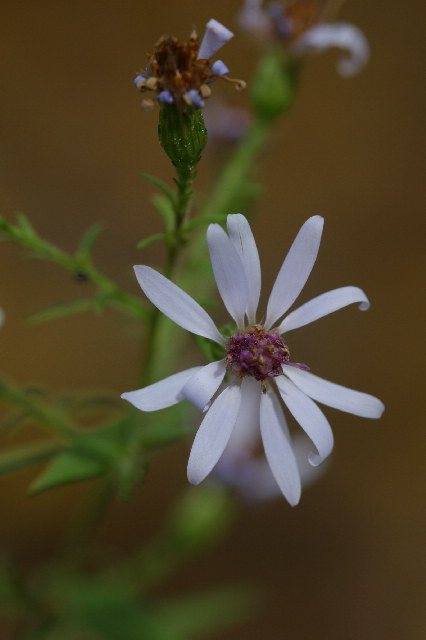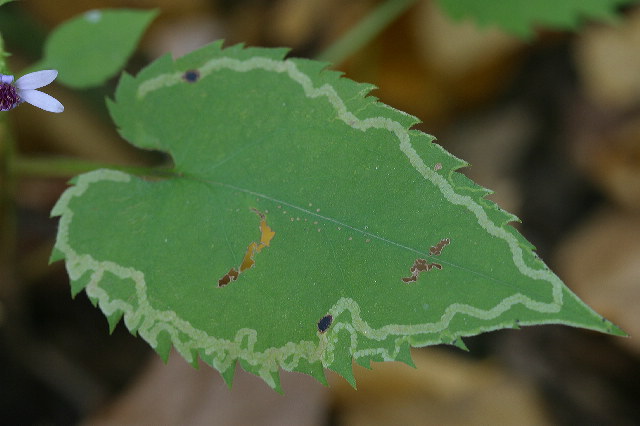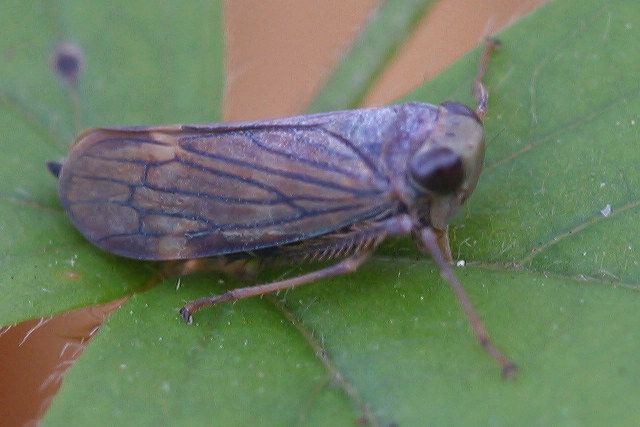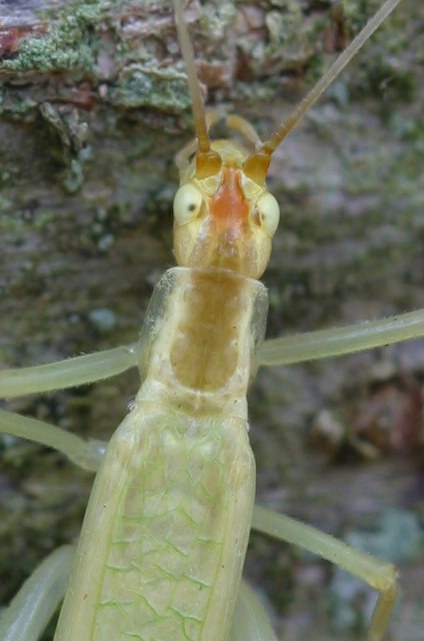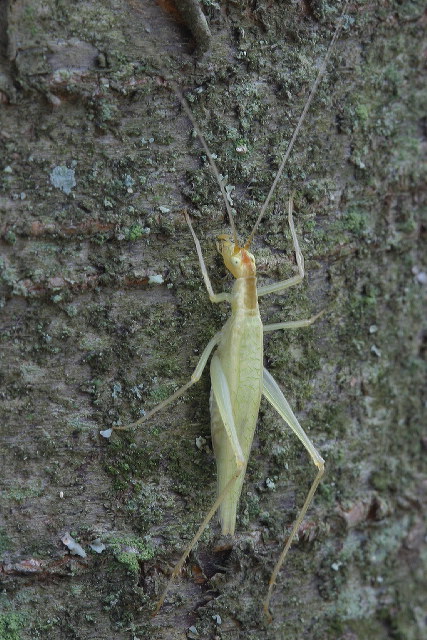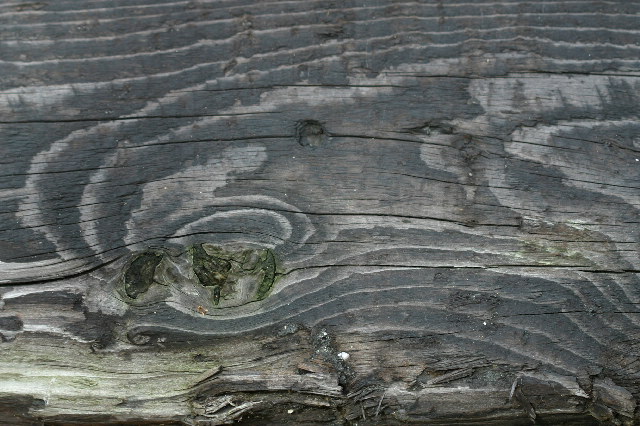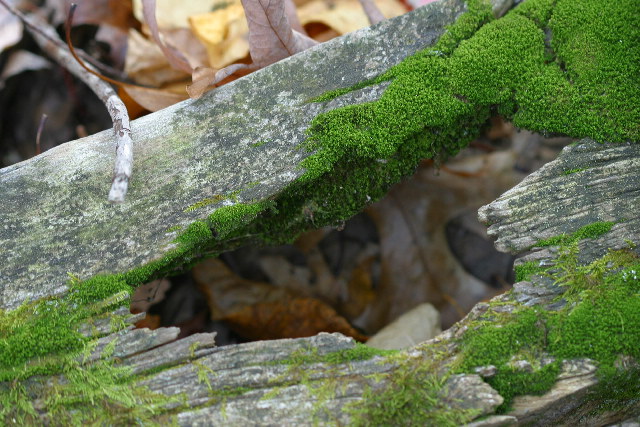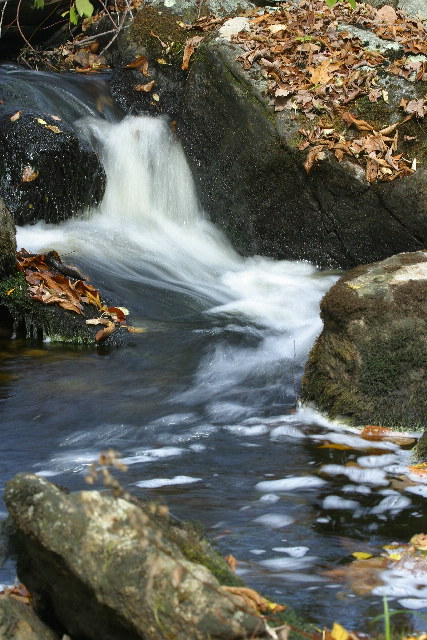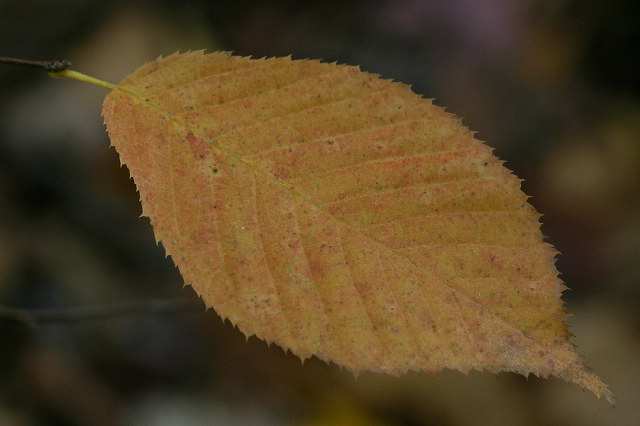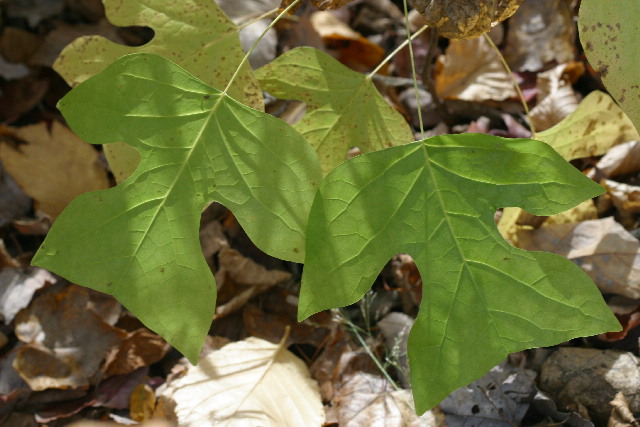Along the Air Line... 2008 - Fall, Part 3 The Air Line Trail in Eastern Connecticut - Stan Malcolm Photos |
mHome Page Stan's FlickR Albums |
October 13th. Winged Burning Bush (Euonymus alatus) is an invasive plant introduced from Asia in the 1860s as an ornamental. It often forms thickets along forest edges. |
|
Migrating Canada Geese (Branta canadensis) spend nights on the marsh, then disperse to nearby fields to glean corn. |
Colchester's River Road Bridge. |
|
|
Blackledge River Bridge. |
Lyman Viaduct. |
Foliage views from Lyman Viaduct. |
|
|
Bull Hill area. |
|
|
|
October 19th. A few Maples (Acer sp.) still sport leaves. |
|
Maple-leaf Viburnum (Viburnum acerifolium) can be told from a real maple by the dark berries (versus a maple's winged seeds). |
|
A tomato relative, Nightshade (Solanum dulcamara) has poisonous berries. |
A few Asters still blooming, though mostly in rough shape. |
This aster leaf has hosted two leaf-mining insect larvae. Leaf-miners live between the upper and lower surfaces of a single leaf, leaving a visible trail as evidence of their feeding that gets wider as the insect grows. The dark spots mark mwhere the adult insects emerged. |
A Leafhopper (Family Cicadellidae) resembles a miniature Cicada. |
A female Snowy Tree Cricket (Subfamily Oecanthinae of the Gryllidae). |
|
Our stretch of the Air Line Railroad was abandoned in 1964. Ties 50 or more years old can still be found along the sides of the trail in many places. |
|
Outlet of the marsh just east of the Route 207 crossing in Hebron. |
American Beech (Fagus grandifolia) leaves remain on the tree through winter. Once dry, they make a distinctive rustling noise in even the slightest breeze. |
The distinct shape of seedling Tulip Tree (Liriodendron tulipifera) leaves reveal how the tree got its name. It's also called Yellow Poplar. |
